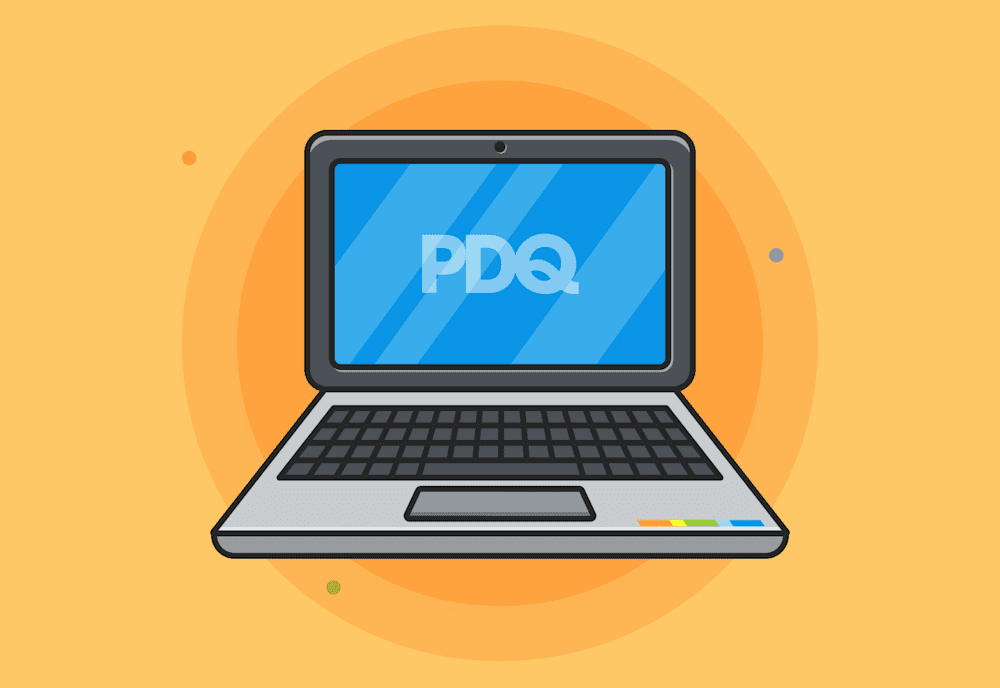There are three methods that Adobe provides for deploying Adobe Reader to all of your computers:
1. EXE – (AdbeRdr933_en_US.exe)
2. MSI – (AcroRead.msi)
3. MST – (AcroRead.mst)
The self contained version of Adobe Reader simply deploys the application as packaged by Adobe with no ability to customize. If you want to simply push Adobe Reader with all defaults, use this method. The /sAll and /rs switches make the install silent for all products and suppress required reboots, respectively.
The .MSI version of Adobe Reader is obtained by extracting it from the EXE. With the MSI you have a little more flexibility in certain aspects, like suppressing EULA acceptance.
The .MST (transform file) requires the AcroRead.msi and is created using the Adobe Customization Wizard. This method and its associated benefits were demonstrated in last weeks blog “Adobe Reader 9.3 – The Adobe Customization Wizard“.
Here are the three examples of deploying Adobe Reader 9.3.
Example 1: The self contained Adobe Reader file
Example 2: The .MSI installation
Example 3: The .MST (transform) installation
Simply open PDQ Deploy and select your .MSI in the “Installer File to Deploy” field. You call your .mst file in the Parameters field (TRANSFORMS=”AcroRead.mst”).
Complete the next three steps within PDQ Deploy (select targets, verify administrative account, and deploy). It’s that simple.
Last of all – patching. We’ve noticed something decidedly odd about Adobe 9.3.3. If you install using the EXE you will install the latest security patches, up to 9.3.3. However, by extracting and using the MSI you will only be installing the base version of 9.3.0.
Be sure to patch your systems, and note that if you are at 9.3.0, you must first install 9.3.2 and then 9.3.3.




